Channeling our picture-framing origin, Spacia Group applies that same precision, detail and ingenuity to art consulting, sourcing and creating. Our experienced art consultants work in collaboration with you—your specifications and design direction—to help define your unique space.
With a range of resources and capabilities at our disposal, Spacia thoughtfully and intentionally brings an inspired approach to every project. Think of art consultation as a bonus—not as an additional investment but as a complimentary part of your experience. Rely on our consultants to bring a fresh perspective, informed recommendations and imaginative solutions.
Use the following as a guide to get exactly what you've envisioned. This series is intended to aid you in specifying Spacia custom art. We'll break down the basics, first things first, framing & fitting, hanging, and substrates & such.
Part 6: Substrates and Such
PAPER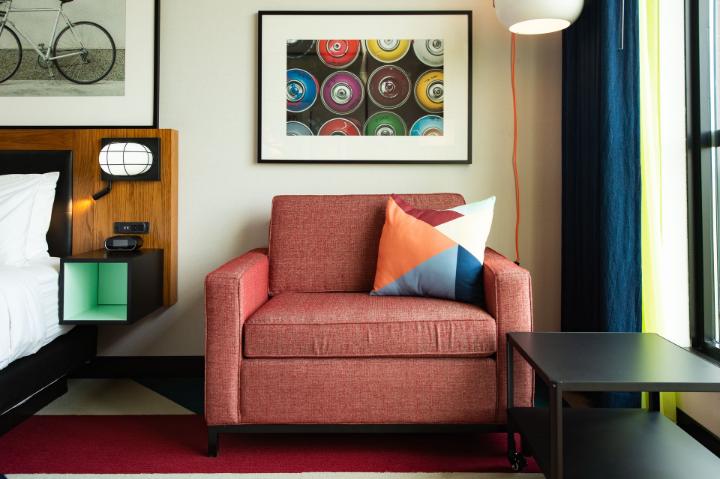
Giclée (zhee-clay) Print: In its most basic definition, giclée is a French term meaning "to spray" or "to squirt." It references the process that an inkjet printer uses when reproducing individual copies of an original piece of fine art/photography. It is important to note that not all inkjet prints are giclée prints. With giclée printing, expect a higher quality product that lasts longer than your run-of-the-mill inkjet prints. Criteria that must be met for a print to be considered giclée:
- Resolution is at least 300 dots per inch (DPI)
- Ink is pigment-based as opposed to dye-based
- Paper or canvas is archival (acid-free)
Our giclée printing process provides superior color accuracy and precise image quality similar to a high-definition display. Unlike some of our competitors, Spacia uses 12 pigment-based, archival inks to create a vibrant print with a vast color gamut. The giclée process is applied to archival fine art paper or quality canvas with a protective coating and hardboard backing.
Typically, custom paper & canvas prints produced by Spacia Group are considered giclée prints. No need to specify.
DO note if specialty paper or canvas is desired i.e. watercolor paper or raw canvas.
CANVAS 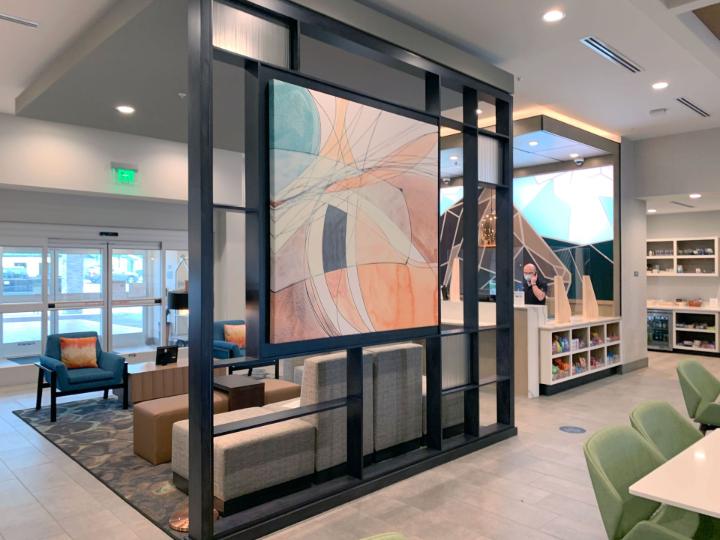
Canvas: A woven fabric, most commonly made of cotton or linen, that has been prepared to retain high-quality pigmented inks and is usually stretched around a support.
Stretching: Refers to canvas stretching, which is pulling a canvas taut over a wooden frame called a stretcher bar. The canvas is then stapled to the stretcher bar. A traditional canvas is typically stretched and stapled to the side of the stretcher bars and then framed.
Gallery Wrapped: Canvas is stretched over a frame (stretcher bar) and secured to the back so that hardware (staples) are not visible from the front. This allows for the image to wrap around the edges of the canvas, thus providing a frameless piece of art. The image on the side of the canvas can be a continuation of the artwork, a reflection of the edges of the artwork, or a solid color. Typically, Spacia Group mirrors the edges.
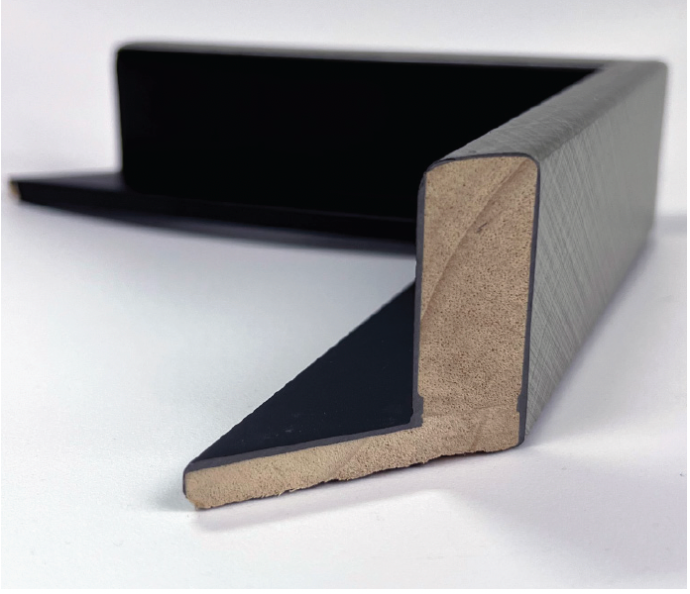
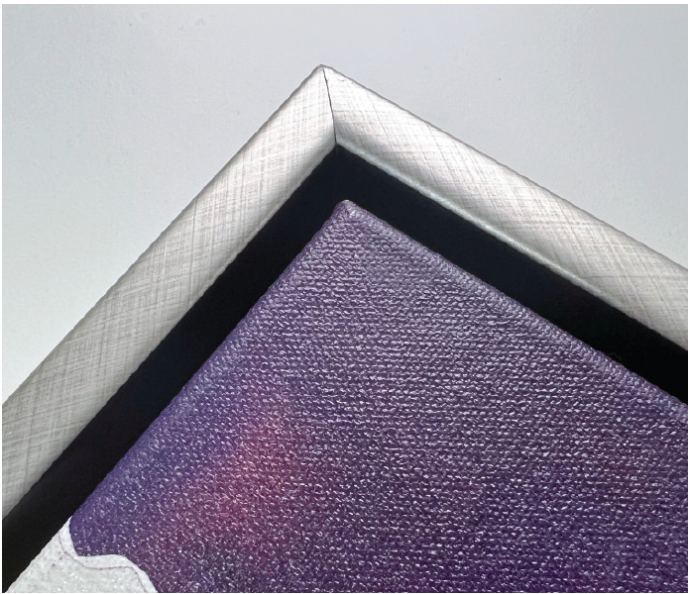
Float/Floater Frame: Primarily used for gallery wrapped canvases, float frames are constructed to allow space between the outside of the artwork and the inside of the frame. Float frames give the illusion that the artwork is floating inside the picture frame without touching it. The space between the canvas and the frame is called a reveal.
It’s common practice to make the canvas depth slightly shorter than the height of the float frame. This will help protect the canvas.
Mounted Canvas: Canvas is “stretched” around hardboard backing as opposed to stretcher bar.
Thin Line Frame: Moulding is flipped on its side and assembled non-traditionally, creating a thin profile from the front and a deeper profile around the sides. Recommended for mounted canvas or mirrors. Glazing is not an option for this configuration.
ACRYLIC 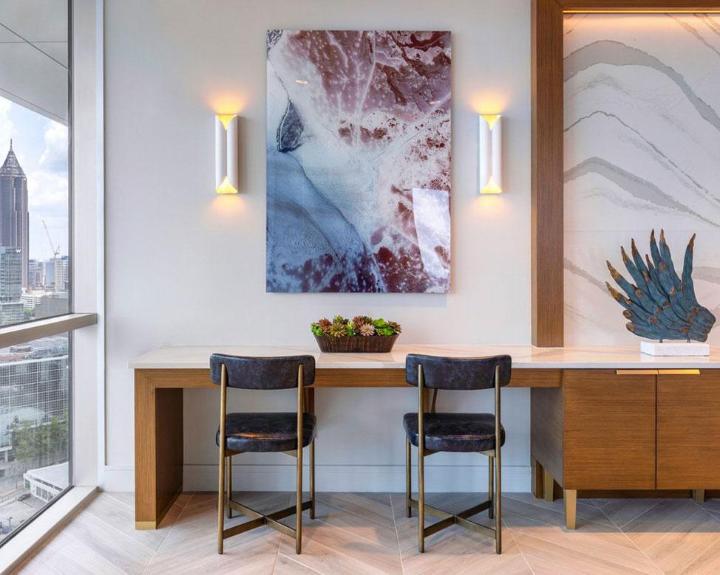
Acrylic: A transparent plastic material with outstanding strength, stiffness and optical clarity. Acrylic is a contemporary alternative to fine art prints or canvases, as it lends itself to accentuating contrast while maintaining a smooth façade. Typically printed directly to the back of the substrate (second surface printing), acrylic prints are vivid and bright—seemingly three-dimensional. Acrylic is ideal for a variety of environments including the outdoors.
Unless otherwise specified, Spacia Group prints on 3/8” thick acrylic. The maximum size of a single sheet is 48” x 96” (oversized panels are available). It’s important to indicate if printing with or without white ink.
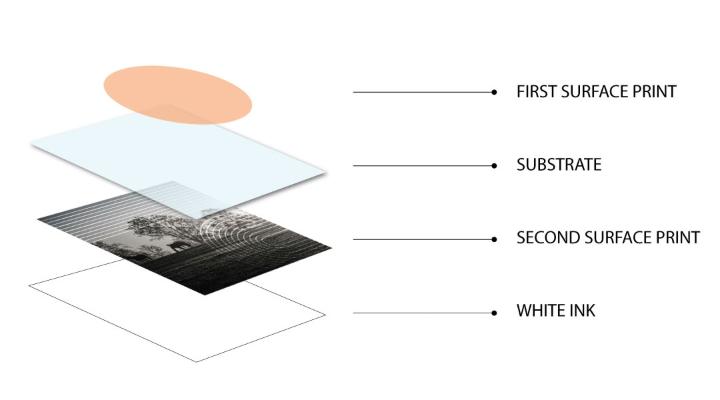
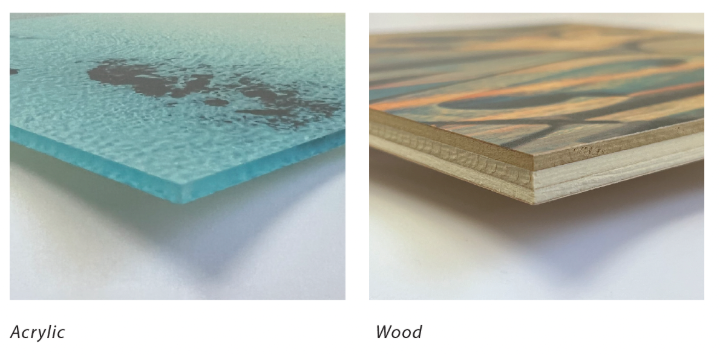
WOOD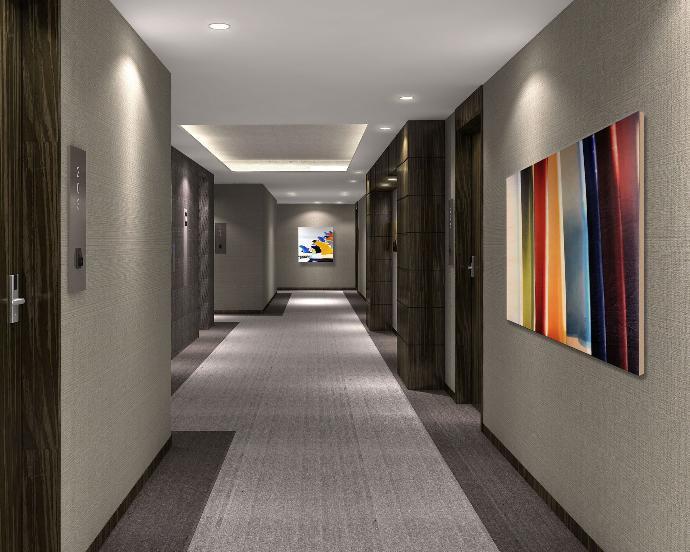
Wood: A natural texture, wood prints provide an interesting aesthetic that’s innately rich. Each piece takes on a subtle uniqueness as a result of varying knots and grain.
Unless otherwise specified, Spacia Group prints on 1/4” to 3/8” thick wood (hardwood/plywood/MDF). The maximum size of a single sheet is 48” x 96” (oversized panels are available). It’s important to indicate if printing with or without white ink.
METAL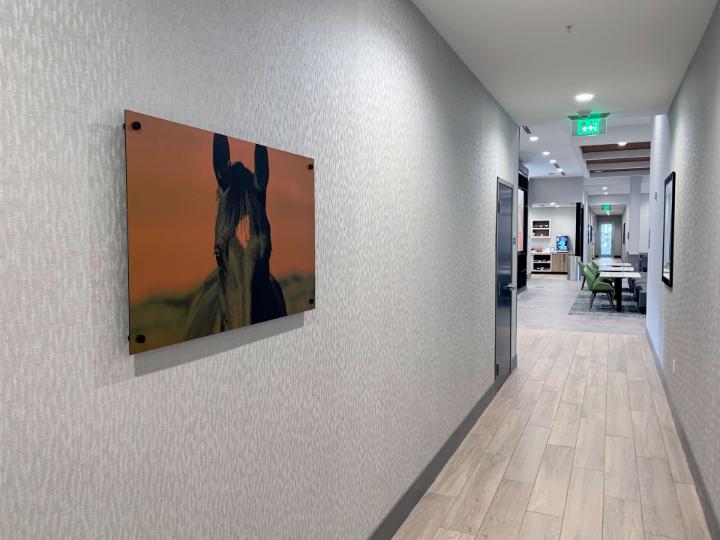
Metal: Metal prints (typically aluminum) are sleek and industrial. Another contemporary alternative to fine art prints or canvases, metal prints offer a dynamic look and feel. Depending on the printing technique, metal prints can be highly durable, scratch resistant and waterproof.
ACM (Aluminum Composite Material): A three-layer sandwich panel consisting of two pre-painted aluminum sheets bonded to a polyethylene (PE) core. ACM is offered in a variety of colors as well as multiple brushed metallic finishes including silver, gold and copper. ACM panels are an excellent material for indoor or outdoor applications that require good dimensional stability, low weight, and a sleek, brilliant look.
Dibiond: A type of ACM (i.e. as Kleenex is to tissues).
Unless otherwise specified, Spacia Group prints on 3mm thick metal. The maximum size of a single sheet is 48” x 96” (oversized panels are available). It’s important to indicate if printing with or without white ink.
WALLCOVERING
Wallcovering: A vinyl substrate available in a variety of textures. Our digitally printed, type II wallcovering is produced specifically for use in high-traffic commercial environments such as hospitality, healthcare and corporate facilities.
Type II Wallcovering: Able to withstand more wear and tear, Type II wallcoverings are made of medium to heavy-duty material, weighing between 20 to 32 ounces per linear yard. As such, Type II is considered to be the most widely specified category for commercial interiors and is more aptly suited for a broad range of high-traffic applications, including hospitality, healthcare, office, retail, education, and any interiors prone to moderate or heavy scuffing.
EXTRAS: EMBELLISHMENTS & ENHANCEMENTS
EMBELLISHMENTS
An added technique that enhances the look and feel of an art piece. Most common Spacia embellishments include:
Acrylic Gel: Primarily applied to canvas, the addition of an acrylic gel mimics the look of brush strokes. This medium alters the texture, thickness and shade of the print, creating a truly unique piece.
Gold Leaf: This specialty material is layered over a print, canvas or surface to add a metallic element.
ENHANCEMENTS
Deckle Edge: Irregular hand-torn appearance on the edge of a paper.
Die Cut: A die refers to a thin, razor-sharp steel blade formed into a specific plate or pattern (similar to a heavy-duty cookie cutter). Die-Cutting refers to the act of using this sharp die to cut paper (or other substrates) into various shapes.
THREE DIMENSIONAL ART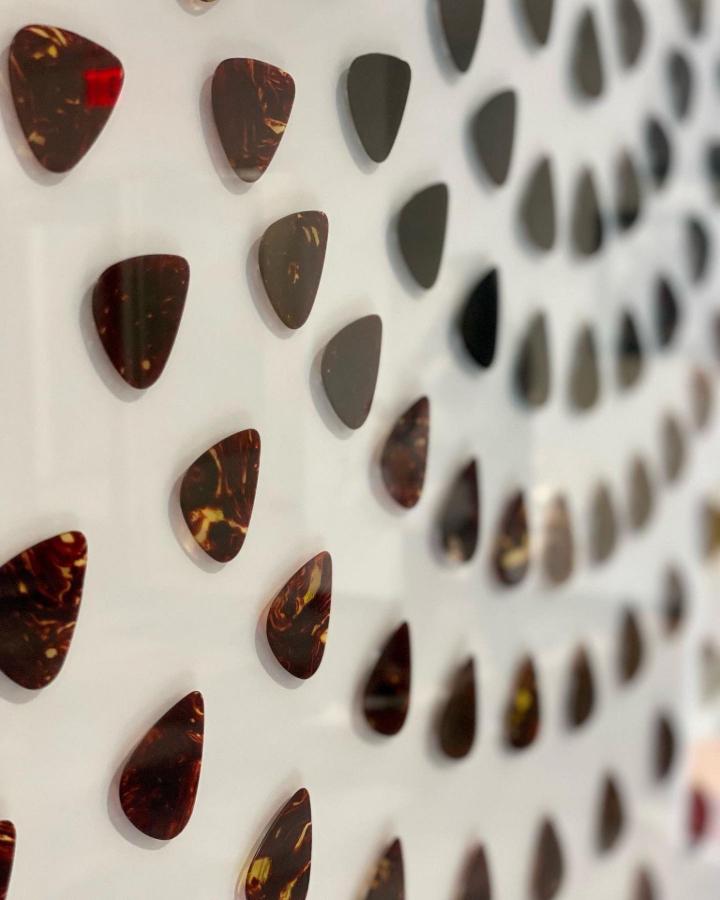
Three-dimensional media occupies space defined through the dimensions of height, width and depth. Spacia Group has the capability of sourcing three-dimensional art, as well as producing it.
Resin Cast: Resin casting is best described as pouring a liquid synthetic resin into a pre-constructed mold. Resin molds can be purchased as is or custom created. The liquid synthetic hardens during a specified timeframe (dependent on the type of casting resin). The final hard plastic may be painted.
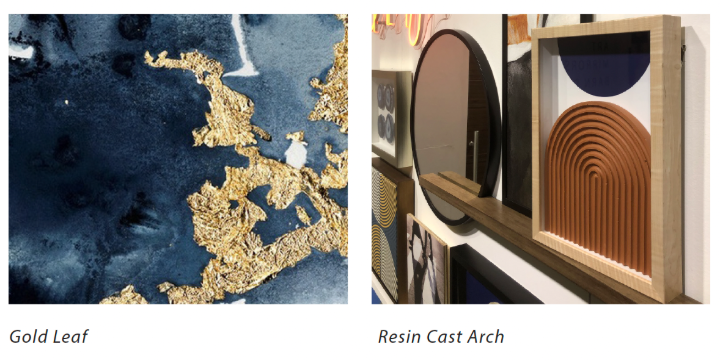
And the possibilities don't stop here. Your desired looks are not limited to the listed substrates and techniques. Spacia Group will conceptualize your vision and make it a reality. Connect with our team to learn about additional capabilities such as dye-sublimation technologies, lenticular printing, commissioned works, unique framing options—just to name a few.
This concludes our 'Specifying Spacia Art' series, and through it, we aimed to simplify the process a bit. Breaking it down step by step (basics, first things first, framing & fitting, hanging, and substrates), we hope you have the confidence and clarity to bring every vision to life. Whether you're selecting the right substrate, planning installation, or exploring creative framing options, our team is here to support you.
Let's get started!